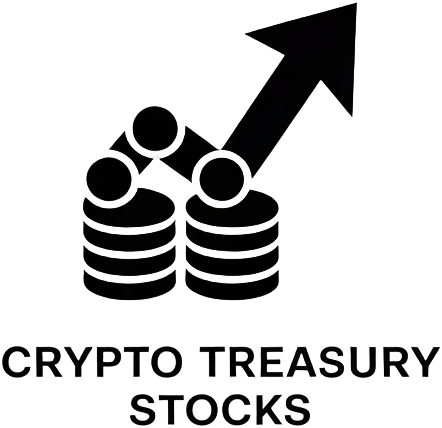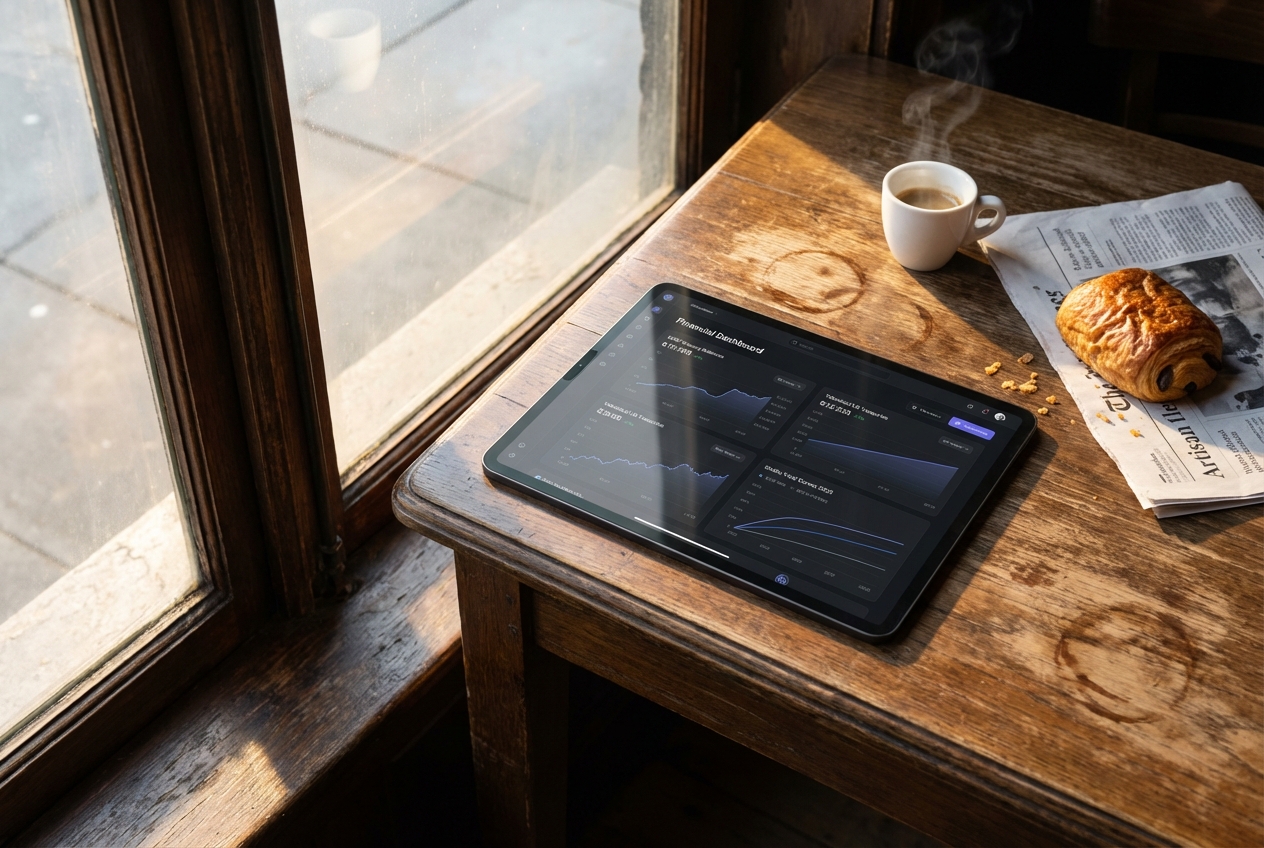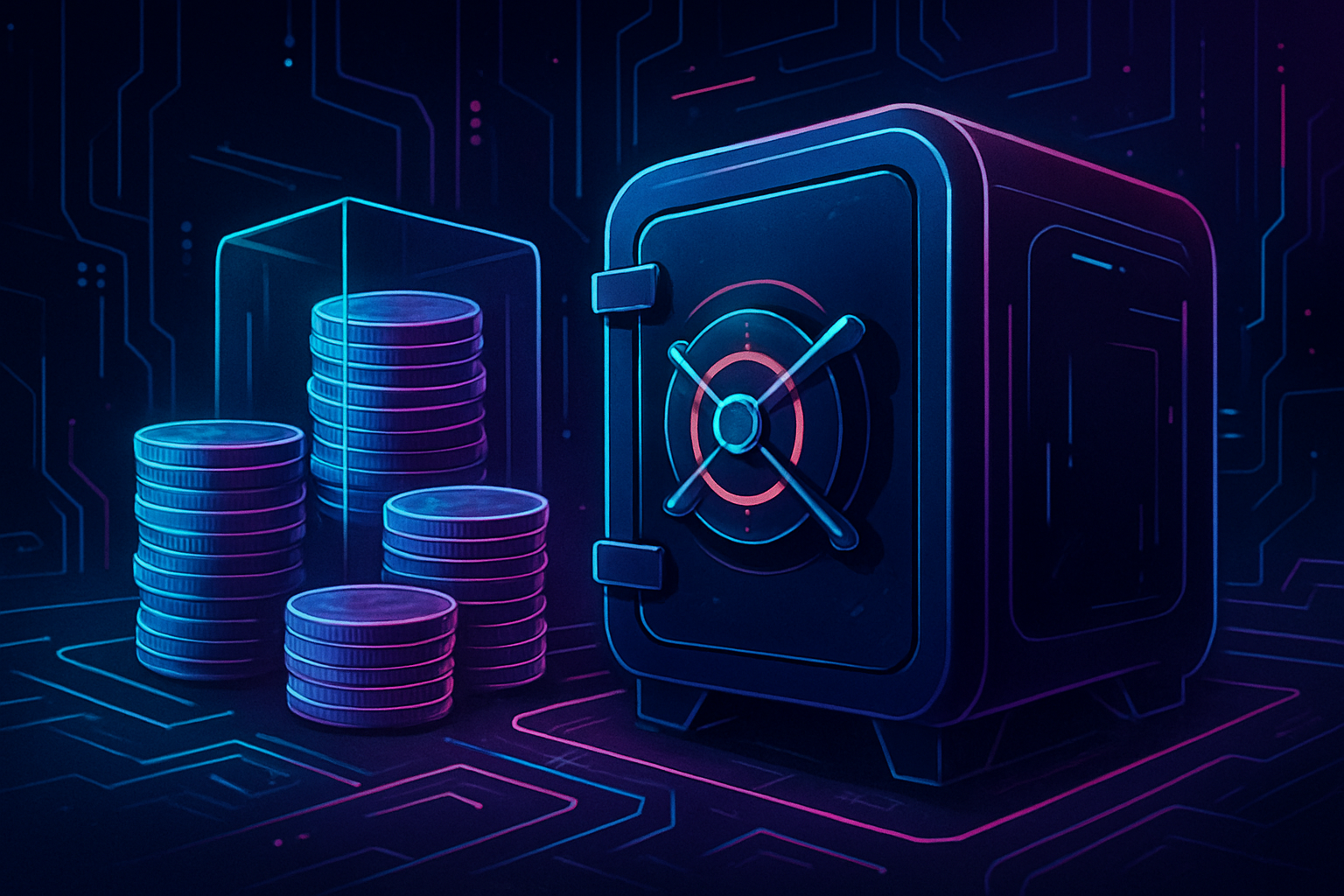
For decentralized autonomous organizations (DAOs), managing treasury assets is no longer just about holding tokens in a multisig wallet. The rapid evolution of DeFi tooling and the proliferation of stablecoins have opened new avenues for DAOs to both secure and optimize their treasuries. In 2025, automated stablecoin vaults have emerged as a cornerstone for robust DAO treasury management, offering transparent, non-custodial, and yield-generating solutions tailored to the unique needs of decentralized organizations.

Why Stablecoin Vaults Are Reshaping On-Chain Treasury Security
Stablecoins such as USDC, DAI, and Tether have become the backbone of DAO treasuries due to their price stability and deep liquidity. However, simply holding stablecoins is not enough – DAOs must also mitigate risks like smart contract exploits, de-pegging events, and inefficient capital allocation. Automated stablecoin vaults address these challenges by combining programmable asset management with advanced risk controls.
Protocols like Aera, Factor, and dHEDGE are at the forefront of this trend. For instance, Aera’s autonomous vaults on Polygon allow DAOs to delegate treasury management to a decentralized set of participants who are incentivized to maximize returns while preserving principal. Factor brings automation to Base network treasuries through dynamic diversification and passive yield farming strategies. dHEDGE integrates with leading DeFi protocols for managed liquidity and stablecoin yield generation – all without ceding control over funds.
The Shift from Manual Multisigs to Automated Vault Operations
Traditionally, DAOs relied on multisig wallets like Safe (formerly Gnosis Safe) for basic custody. While effective for preventing unilateral withdrawals, multisigs do little to automate asset allocation or generate yield. The rise of automated stablecoin vaults marks a paradigm shift: DAOs can now program rules for rebalancing between lending platforms, liquidity pools, or fixed-yield products based on real-time market conditions – all governed by smart contracts.
This automation reduces operational overhead while minimizing human error or governance bottlenecks. By integrating compliance modules and audit trails directly into vault logic, DAOs can also enhance transparency for their communities and external auditors.
Top 5 Automated Stablecoin Vault Protocols for DAOs (2025)
-

Yearn Finance — Renowned for its blue-chip DeFi auto-compounding strategies, Yearn offers DAOs robust stablecoin vaults with automated yield optimization across leading protocols.
-
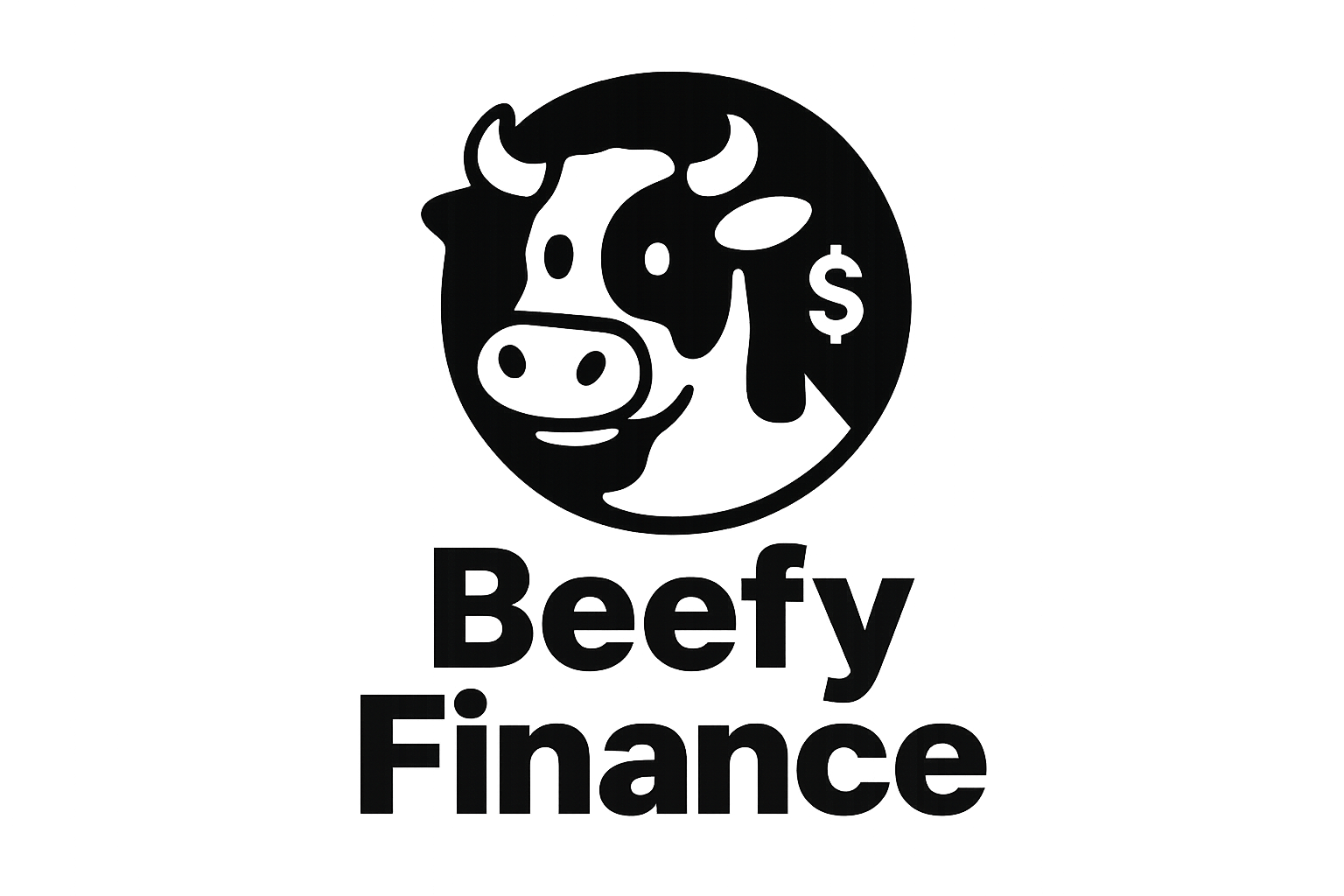
Beefy — As a multichain auto-compounder, Beefy enables DAOs to deploy stablecoin assets across multiple networks, maximizing yield with automated compounding.
-
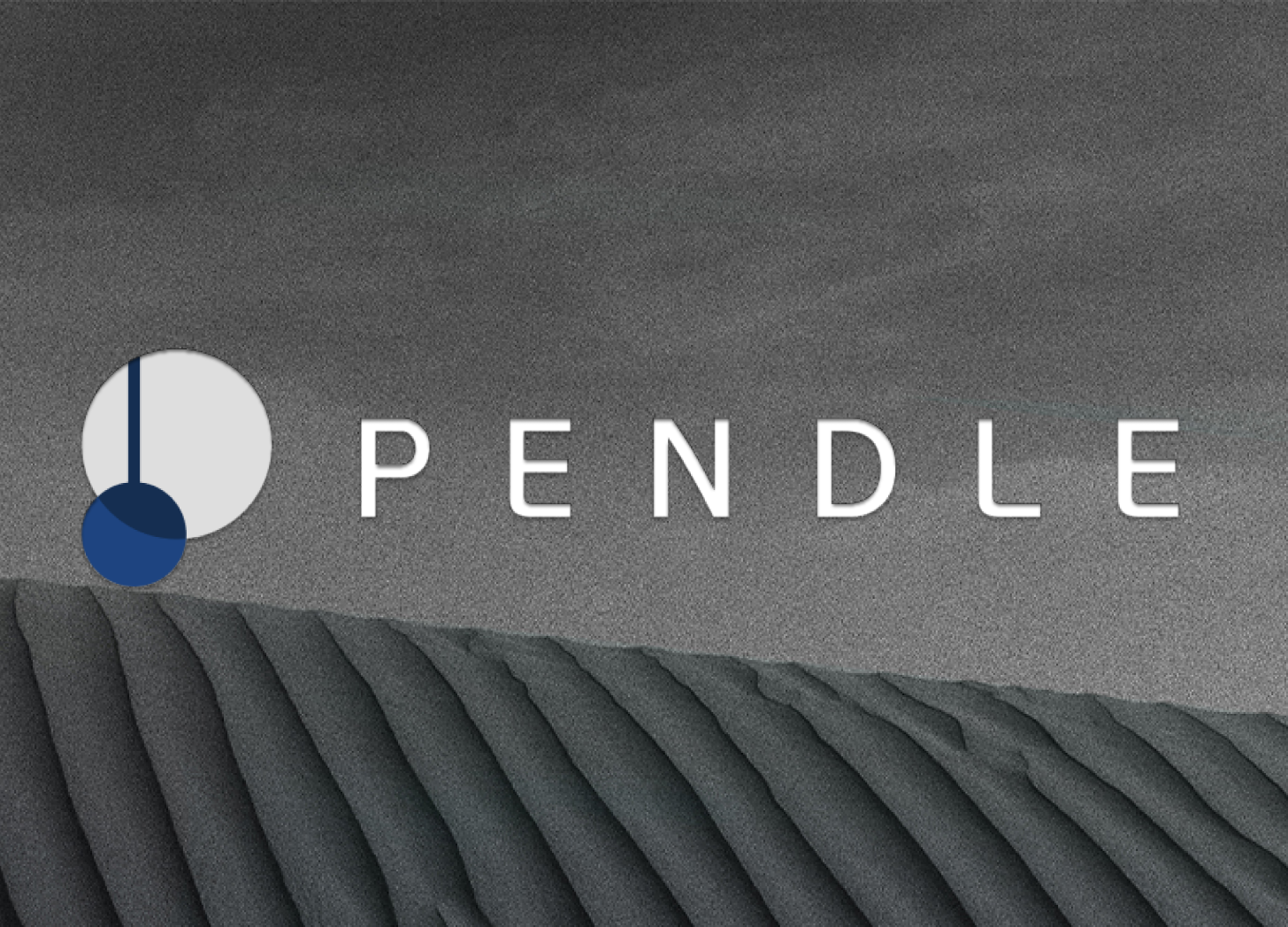
Pendle — Known for fixed yield and yield trading, Pendle allows DAOs to lock in predictable returns on stablecoin holdings through its innovative vault products.
-
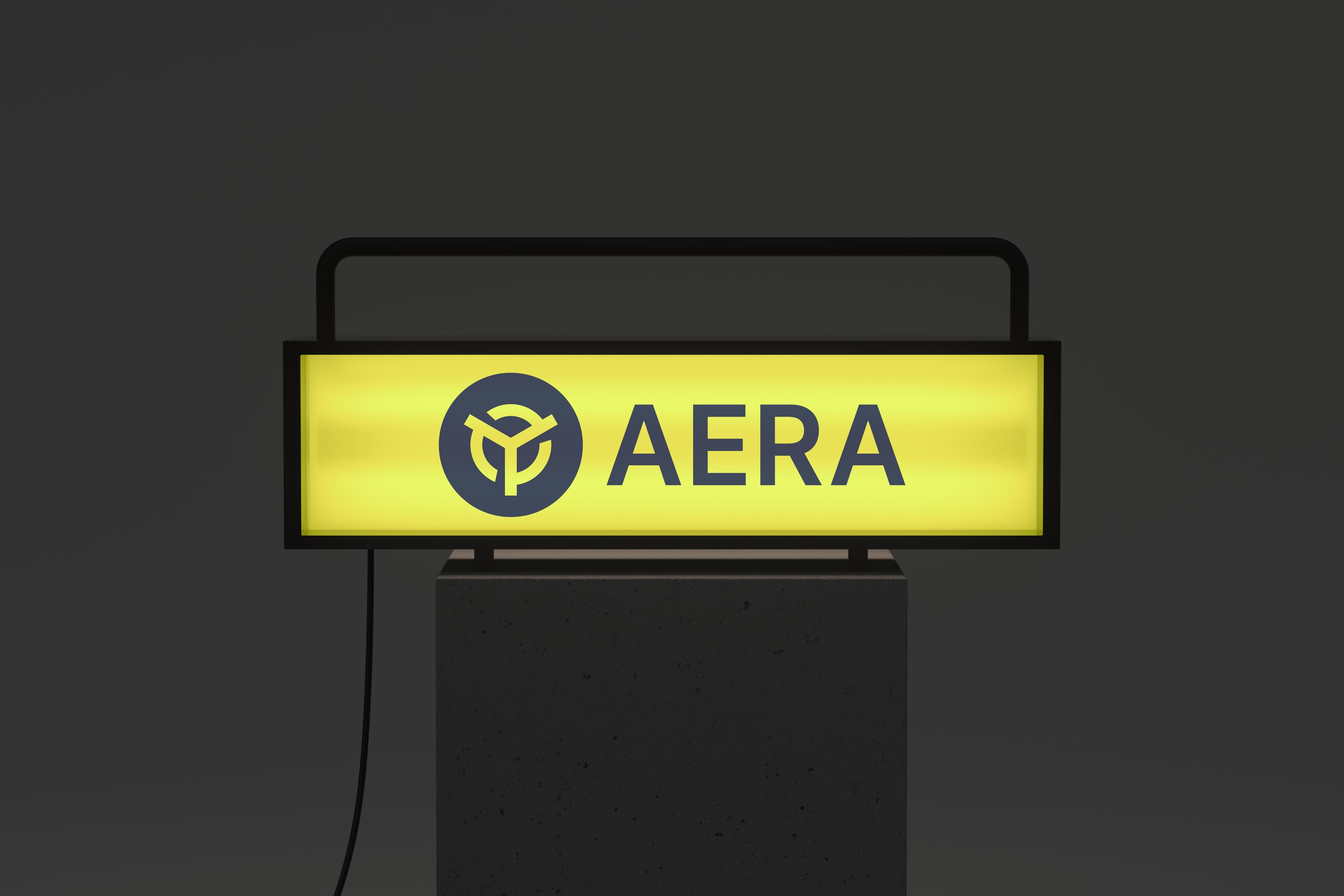
Aera — Aera’s autonomous vaults on Polygon empower DAOs with dynamic, decentralized treasury management, optimizing stablecoin allocations and yield strategies.
-
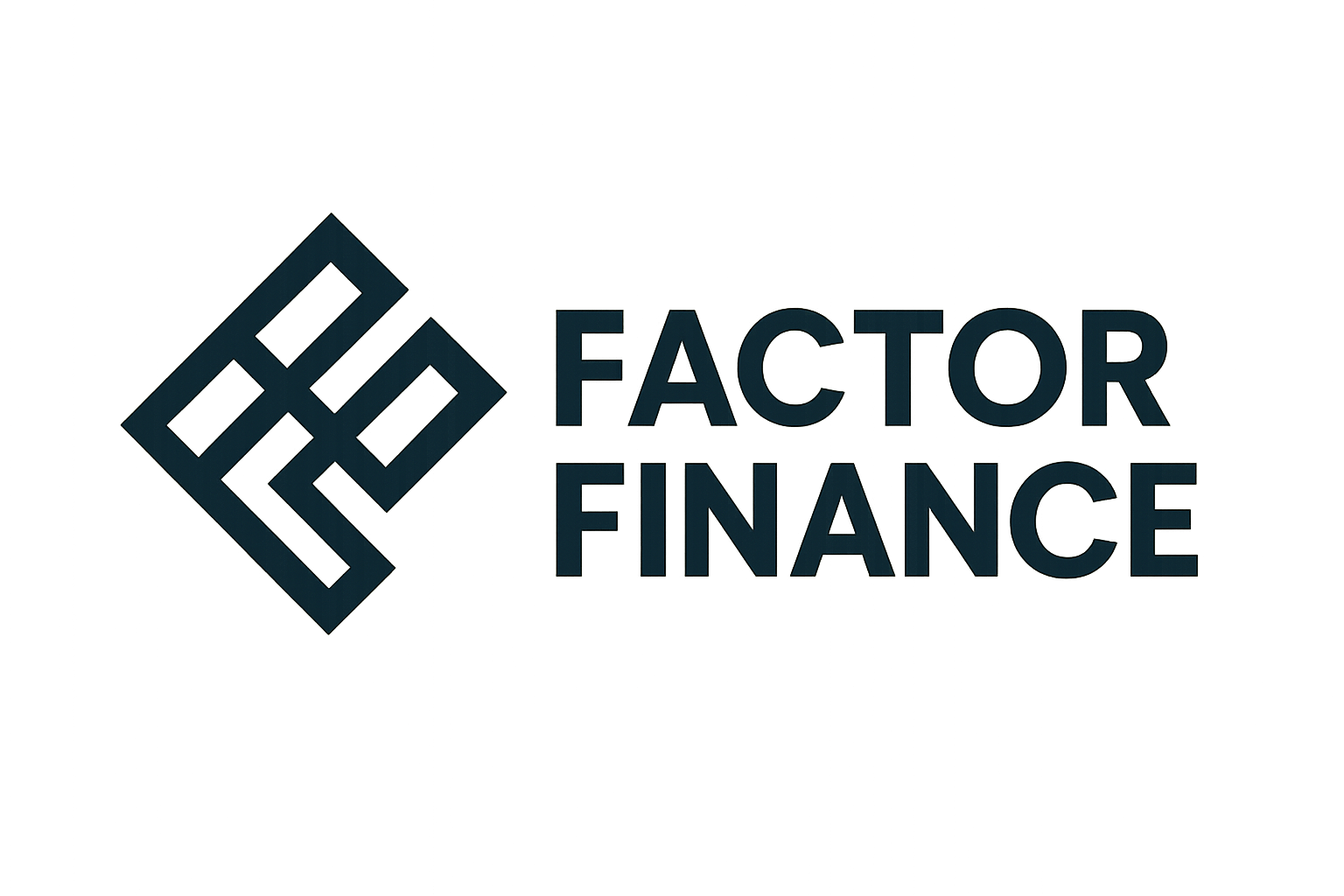
Factor — Operating on the Base network, Factor provides automated treasury management tools for DAOs, including stablecoin diversification and passive yield farming.
Key Features Driving Adoption Among Leading DAOs
The best-performing stablecoin vaults in 2025 share several attributes that make them attractive to DAO treasurers:
- Non-custodial design: Funds remain under DAO control at all times via transparent smart contracts.
- Programmable risk parameters: Set custom thresholds for rebalancing or exposure limits across multiple DeFi strategies.
- Integrated compliance tools: Real-time monitoring for suspicious activity or regulatory triggers.
- Diversified yield sources: Access lending markets (e. g. , Morpho), auto-compounders (Yearn Finance), or fixed-income products (Pendle) without manual intervention.
- Agnostic support for leading stablecoins: USDC, DAI, Tether, TrueUSD, Binance USD, and new entrants vetted for transparency and liquidity depth.
This toolkit empowers DAOs to pursue sustainable growth while maintaining rigorous on-chain treasury security standards. For teams looking to dive deeper into risk frameworks or explore protocol-specific guides, resources like this primer on DAO risk management with stablecoin vaults provide actionable insights tailored to the current DeFi landscape.
As DAOs scale and diversify their treasuries, the ability to automate not just yield generation but also risk management becomes a competitive advantage. Automated stablecoin vaults enable real-time rebalancing across protocols, letting treasuries dynamically respond to market volatility, regulatory changes, or emerging opportunities. This is especially relevant in 2025, as the DeFi ecosystem continues to fragment across new L2s and multichain environments.
Best Practices for Secure DAO Treasury Operations
Effective DAO treasury management with automated stablecoin vaults goes beyond simply deploying capital. Leading DAOs are implementing layered security measures and robust governance workflows to further reduce risk:
Continuous monitoring of smart contract health and protocol upgrades is essential. Many DAOs now integrate real-time alerting systems that flag abnormal activity or potential exploits, allowing treasury stewards to act quickly if parameters are breached. Additionally, regular audits, both internal and through third-party specialists, help maintain trust in the underlying vault logic.
Diversification remains a cornerstone of on-chain treasury security. By distributing assets across multiple vault protocols (such as Morpho, Yearn Finance, Lagoon, or Euler) and stablecoins with strong pegs and transparency (USDC, DAI, TrueUSD), DAOs can mitigate single-point-of-failure risks while optimizing for yield. The most forward-thinking teams also set up automated circuit breakers, rules that pause or limit allocations if market conditions deteriorate suddenly.
The Future of Automated Stablecoin Vaults for DAOs
The next evolution in automated stablecoin vaults will likely see even deeper integration with DAO governance processes. Imagine on-chain proposals that can directly trigger rebalancing events or adjust risk parameters based on community votes, blurring the line between treasury operations and decentralized governance itself.
Protocols like Aera are already experimenting with autonomous rebalancing strategies governed by decentralized committees, while Factor’s Base-native tools point toward a future where cross-chain automation is seamless. As regulatory scrutiny intensifies, expect compliance modules within vaults to become more sophisticated, providing granular audit trails and real-time reporting tailored for both global contributors and external regulators.
“Automated stablecoin vaults have transformed how our DAO thinks about capital efficiency and risk. We spend less time on manual ops and more on strategy. ”
The bottom line? Automated stablecoin vaults are no longer a nice-to-have, they’re becoming the backbone of secure DAO asset management in 2025’s fast-moving crypto landscape. By leveraging programmable automation, diversified yield sources, and integrated compliance features, DAOs can confidently grow their treasuries while maintaining transparency and resilience against evolving threats.
